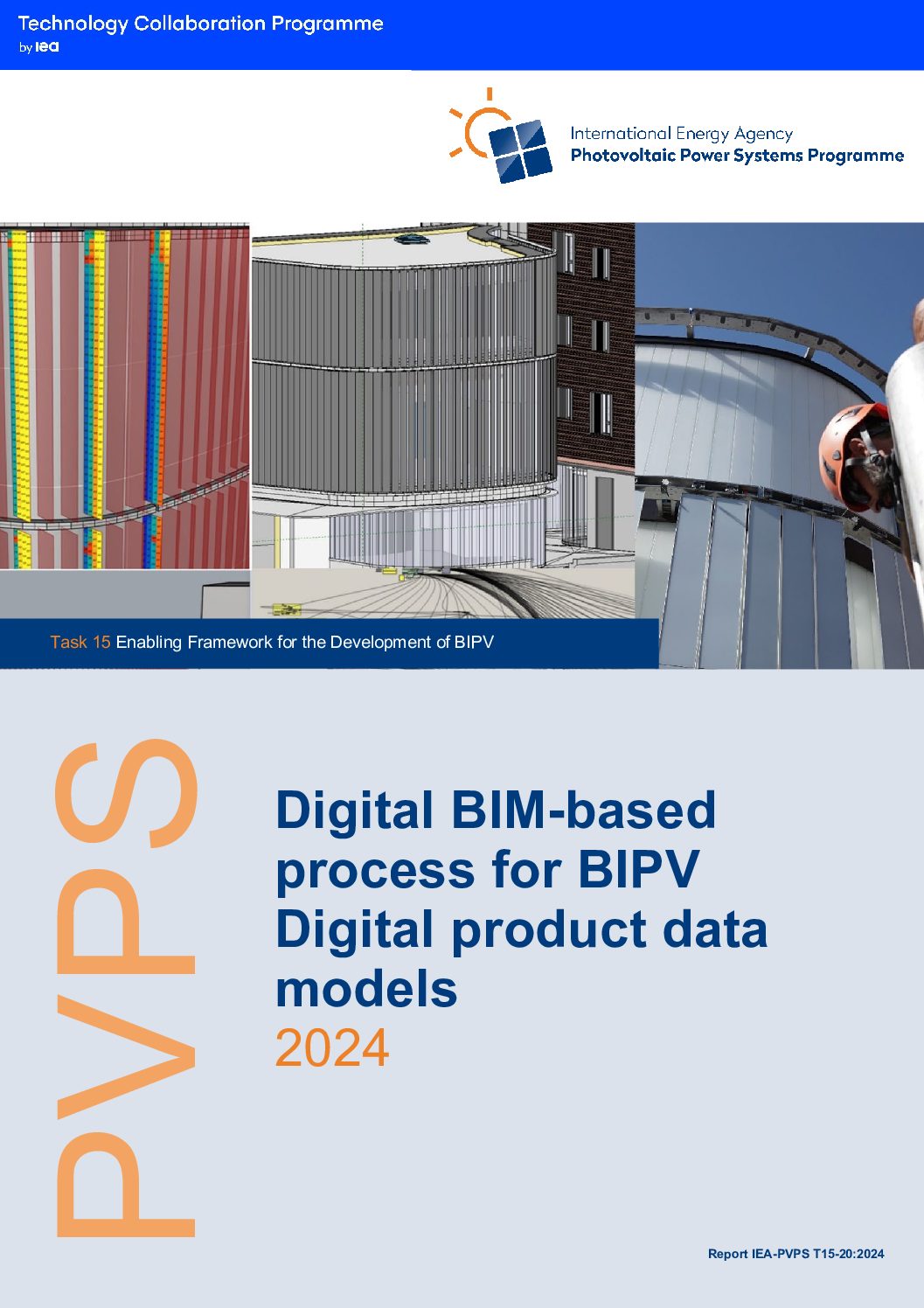Digitalization is reshaping the construction sector, offering benefits such as reduced delays, cost control, and enhanced collaboration. BIM stands as the cornerstone of this transformation, ensuring coherence in building realization, including the integration of BIPV. The new Task 15 report not only explores BIM’s potential for solar buildings but also addresses the need for digitalization, standardization, and collaboration to propel the BIM-BIPV dialogue forward. Looking ahead, multidisciplinary discussions are key to advancing BIM-BIPV approaches, and IEA PVPS Task 15 is committed to driving this agenda further, focusing on standard representation for the seamless integration of BIPV into digitally designed construction processes.
The main authors have identified the following 3 Key Takeaways from the report:
- Integration Potential: The report highlights the potential of Building Information Modeling (BIM) for Building Integrated Photovoltaics (BIPV) by examining international standards and approaches, shedding light on the synergies between BIM and BIPV processes and products.
- Workflow Insights: It provides a systematic overview of BIM-based workflows and tools throughout the various stages of the BIPV process, offering insights into how BIM can streamline and enhance efficiency in BIPV implementation.
- Object Digitalization and Standards: The report presents an overview of available BIM-based objects for BIPV products, outlining the current state of play, regulatory considerations, and adherence to standards, thereby facilitating informed decision-making and compliance within the industry.
